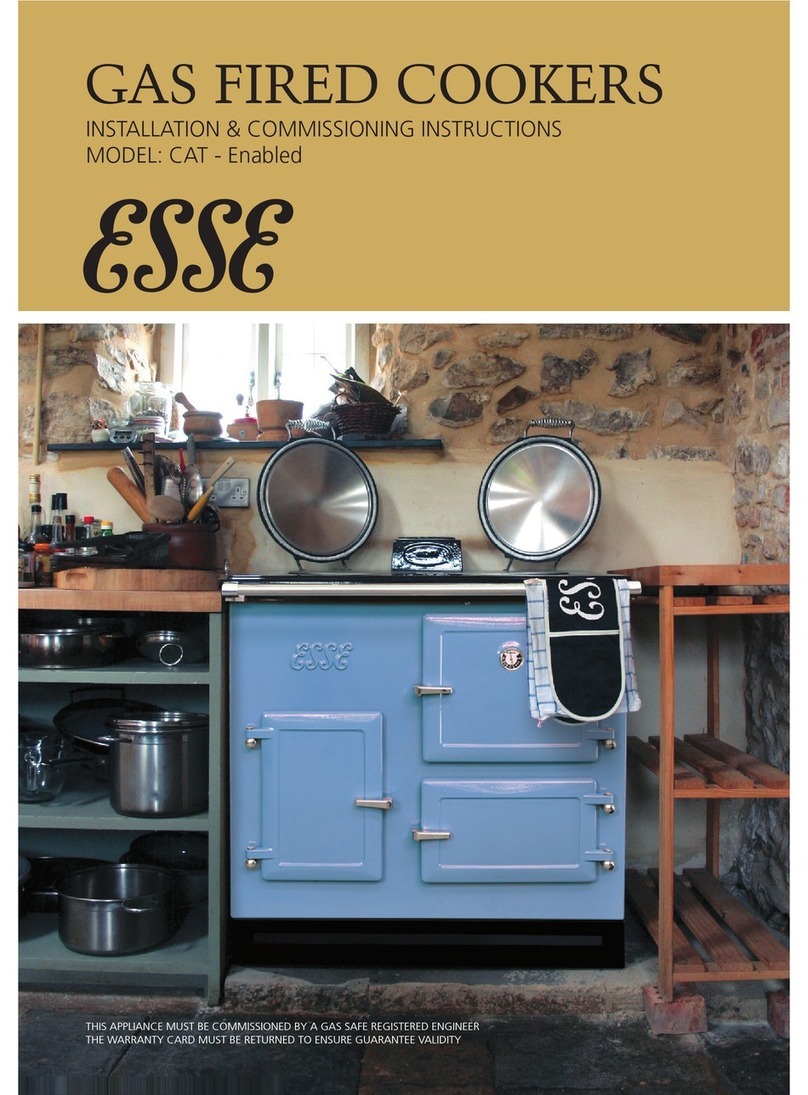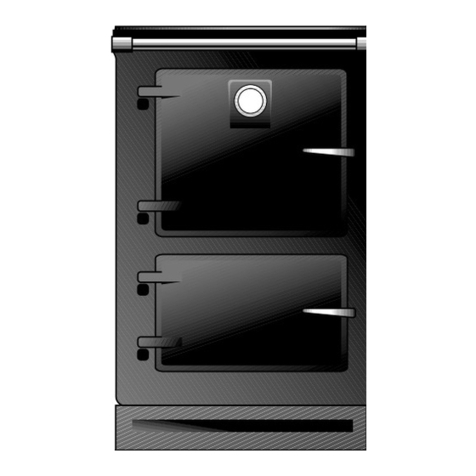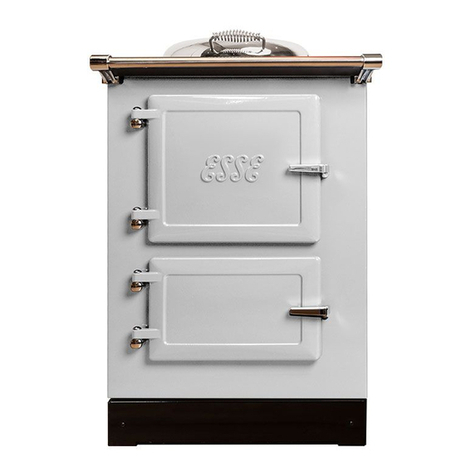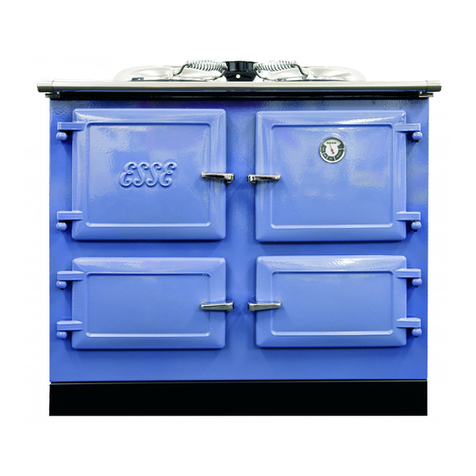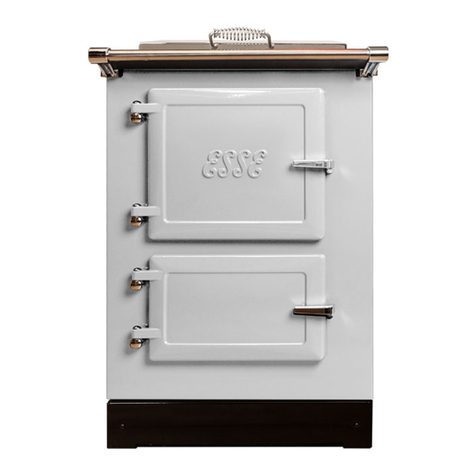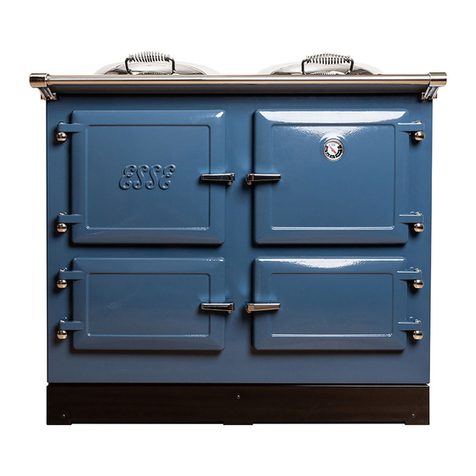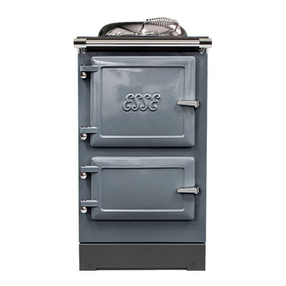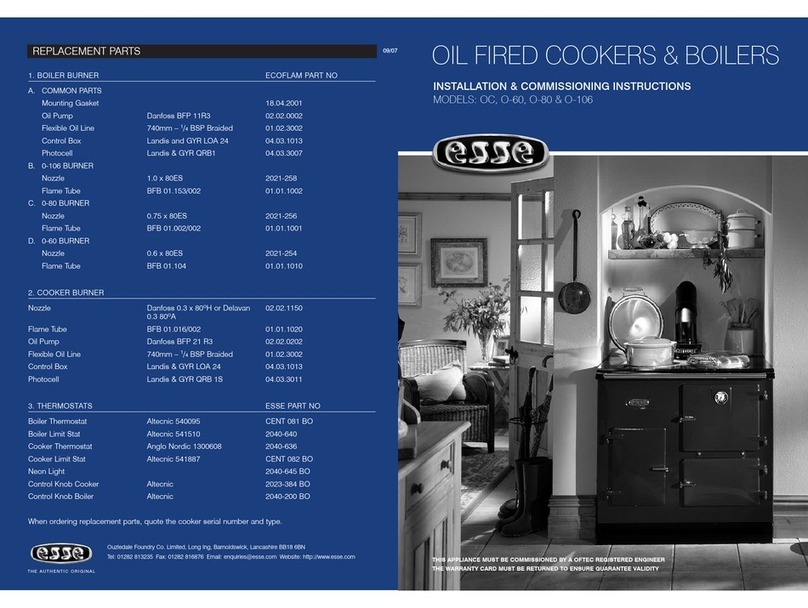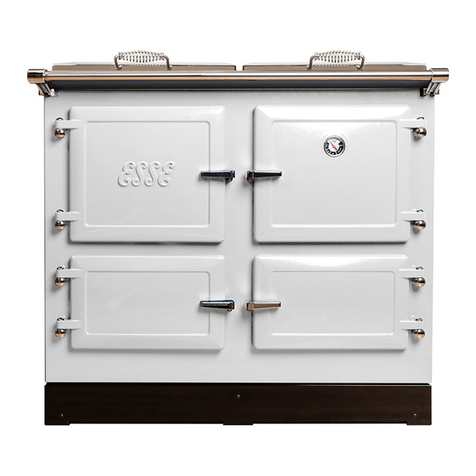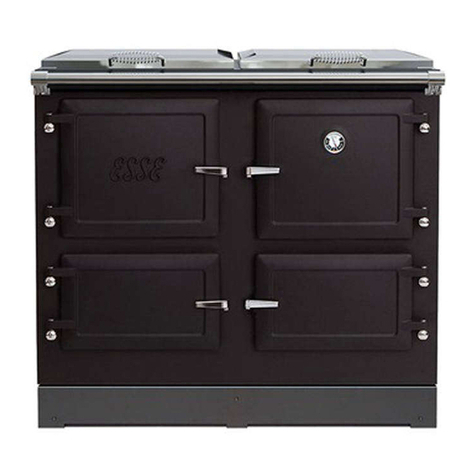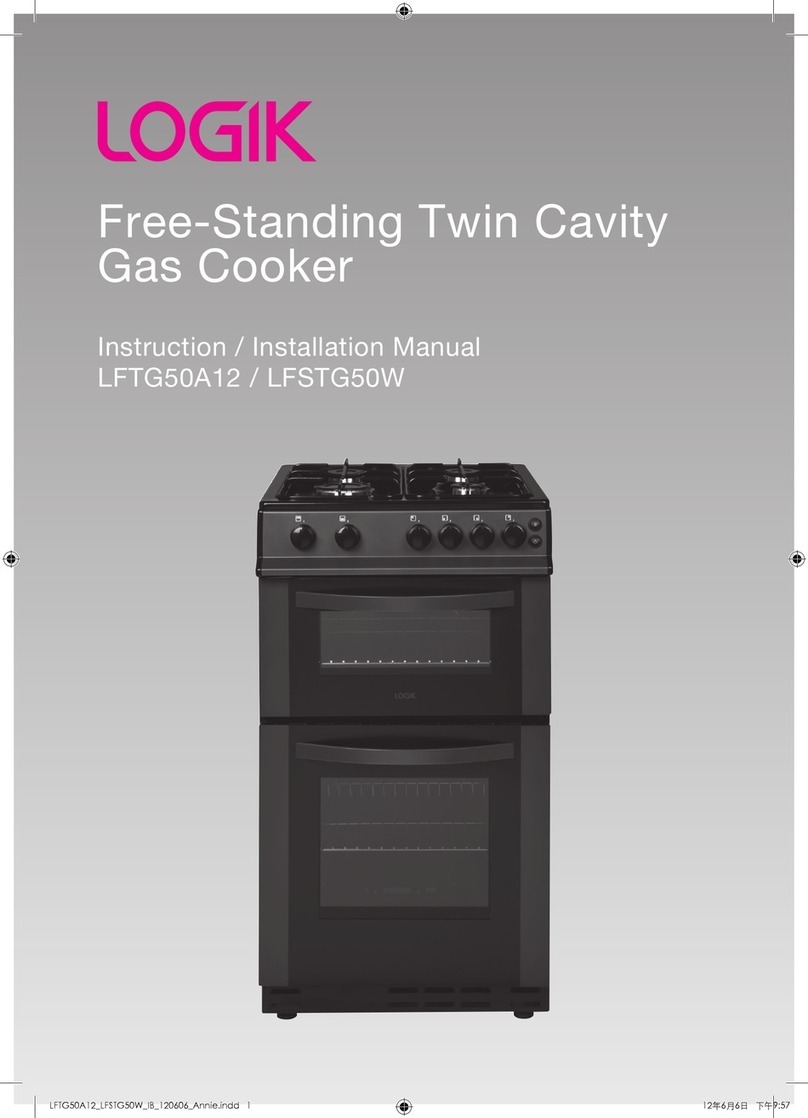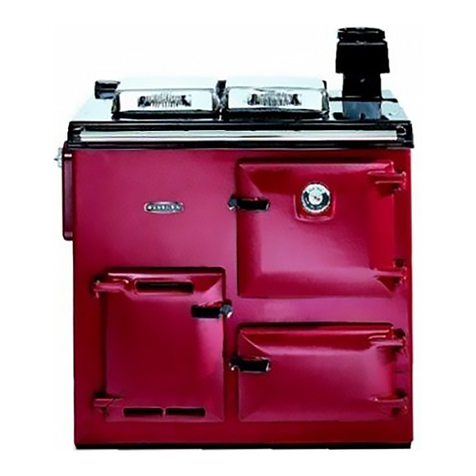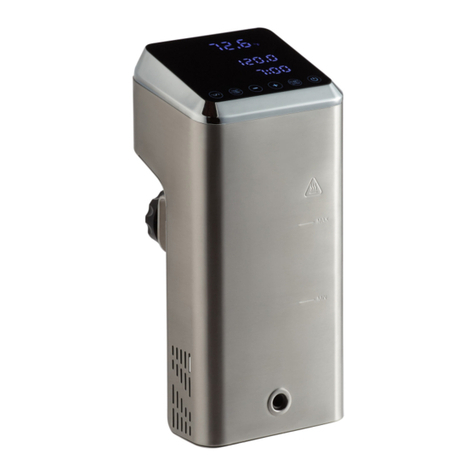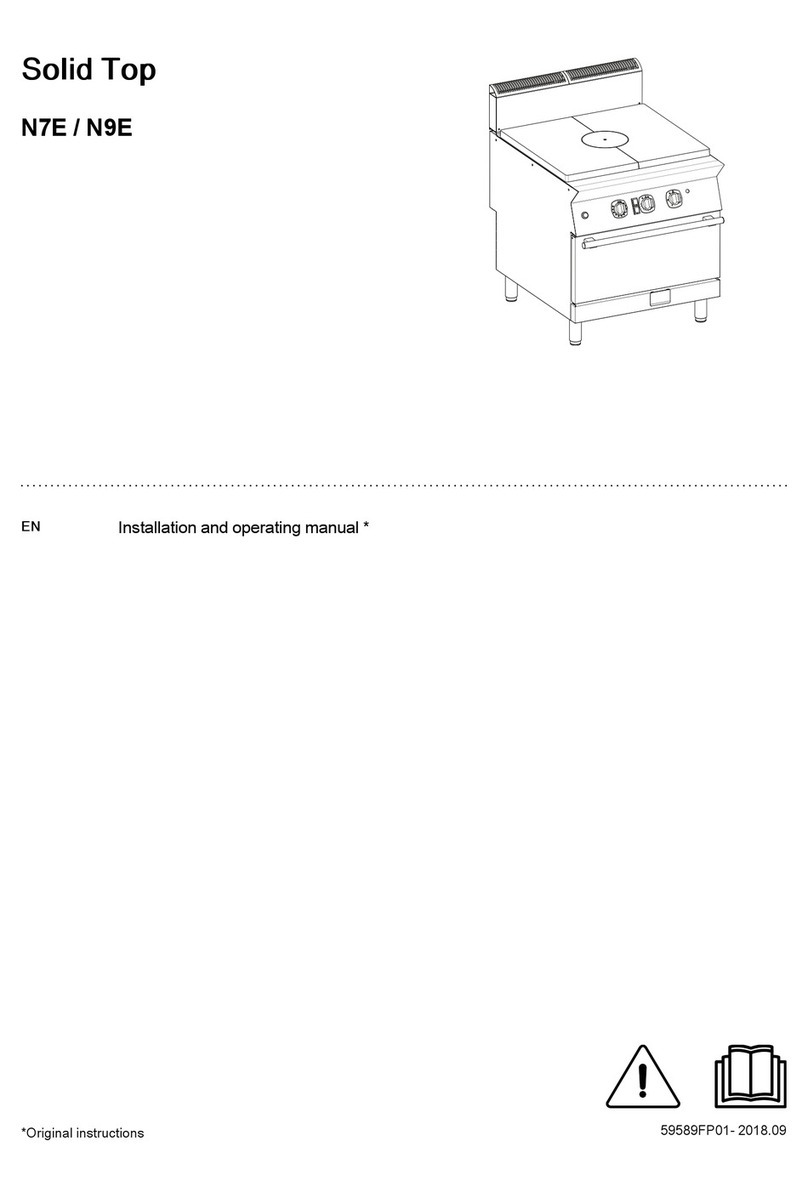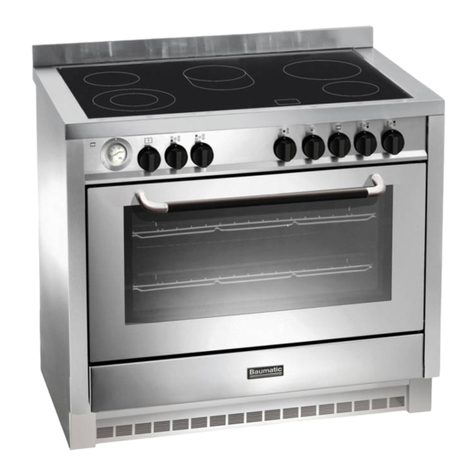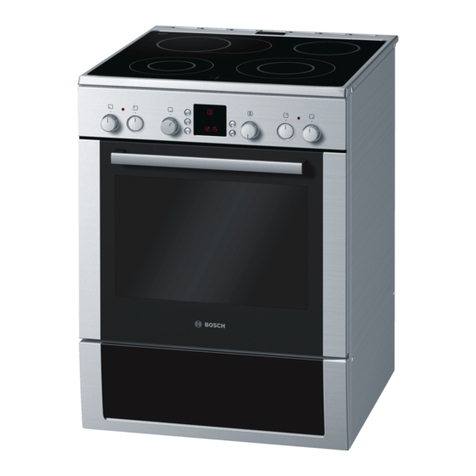
CONTENTS
1. GENERAL HEALTH & SAFETY......................................................................................................3
2. WELCOME TO YOUR ESSE .........................................................................................................4
3. PRODUCT OVERVIEW................................................................................................................5
4. OPERATING INSTRUCTIONS ......................................................................................................6
THE DOORS.....................................................................................................................................6
SLUMBER ........................................................................................................................................7
THE CONTROLS ...............................................................................................................................7
THE CLOCK AND TIMER ..................................................................................................................8
THE OVENS ...................................................................................................................................12
THE STEAM VENTS........................................................................................................................13
THE GRILL......................................................................................................................................14
THE HOTPLATE..............................................................................................................................16
HEAT UP TIMES.............................................................................................................................16
THE INDUCTION HOB....................................................................................................................17
ESSE ACCESSORIES AND COOKWARE ...........................................................................................20
INSIDE DOOR LINERS ....................................................................................................................21
CLEANING & MAINTENANCE ........................................................................................................22
WARRANTY...................................................................................................................................23
TROUBLESHOOTING .....................................................................................................................24
PLANNING THE INSTALLATION .....................................................................................................25
5. INSTALLATION INSTRUCTIONS ................................................................................................25
REQUIRED SPACE..........................................................................................................................25
POWER SUPPLY.............................................................................................................................27
PRODUCT SPECIFICATION.............................................................................................................27
VENTILATION ................................................................................................................................27
UNPACKING THE APPLIANCE ........................................................................................................28
SWITCHING THE COOKER ON FOR THE FIRST TIME......................................................................28
